National Fishing and Boating Week
Friday, June 3rd, 2016This is Passport to Texas
Experience the thrill of reeling in a fish, or the joy of boating with family and friends during National Fishing & Boating Week, June 4 through 12th.
We’re going to encourage people to get out on the water.
Frank Peterson is President and CEO of the Recreational Boating and Fishing Foundation, a non-profit organization whose mission is to increase participation in fishing and boating.
By helping increase that participation, [we] build awareness for the need to conserve and protect our aquatic resources.
The way anglers and boaters help protect aquatic resources is by doing what they love to do.
By using the resource and buying equipment and buying licenses, putting fuel in their boat, registering their boat… there is excise taxes paid on that equipment that goes directly toward sport fish restoration.
Peterson says National Fishing and Boating Week kicks off in Texas and across the country on June 4th…and in Texas you can always fish free at State Parks.
A lot of states are starting to do that now, and we encourage that. Because the more people we can get fishing at a younger age, the more they’ll fish as an adult. And through participation they’re helping conserve that resource, and that’s very important so that resource is there for the future.
Go to takemefishing.org for more information.
The Sport Fish and Wildlife Restoration Program supports our series.
For Texas parks and Wildlife…I’m Cecilia Nasti.
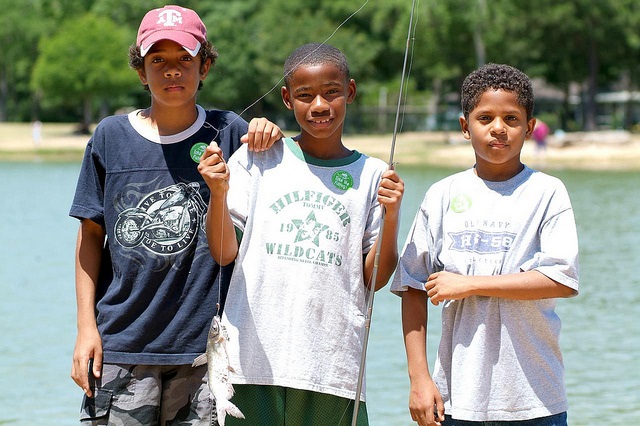

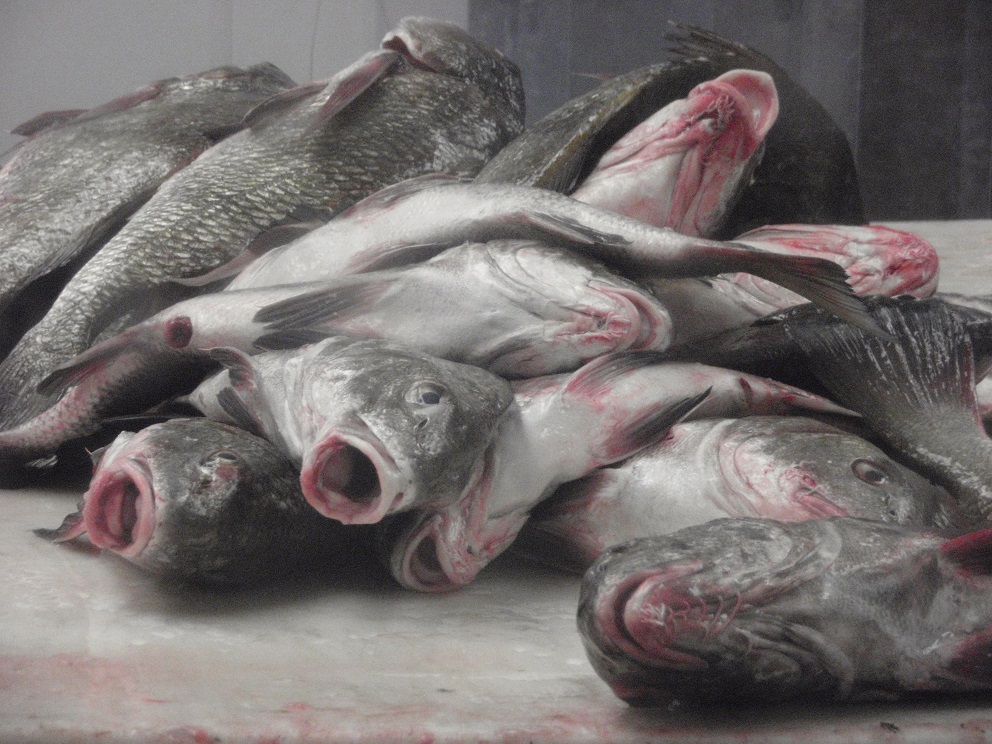
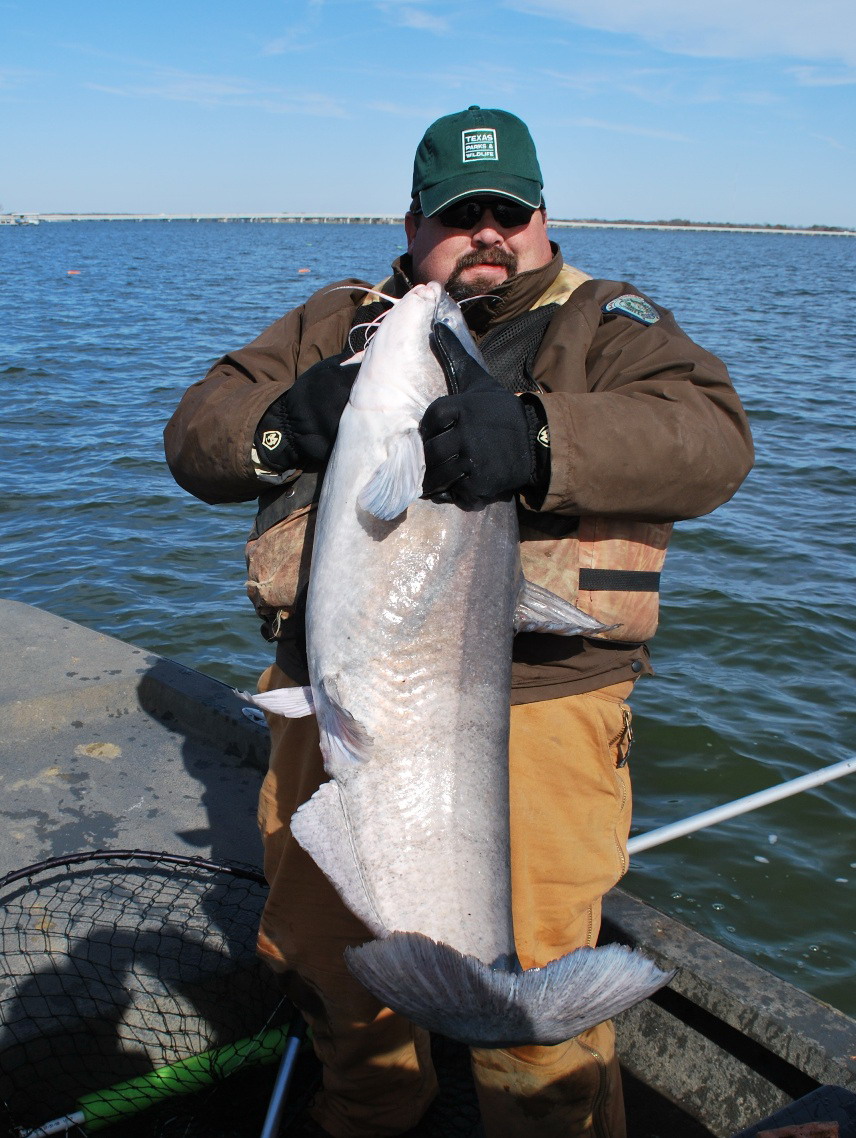
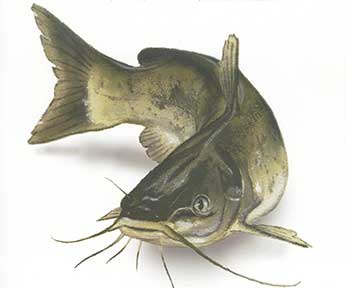
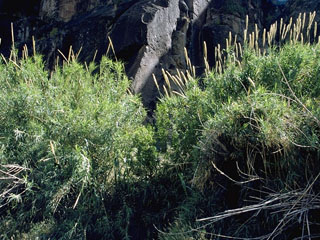

 Passport to Texas is a
Passport to Texas is a  Passport to Texas is made available by:
Passport to Texas is made available by: